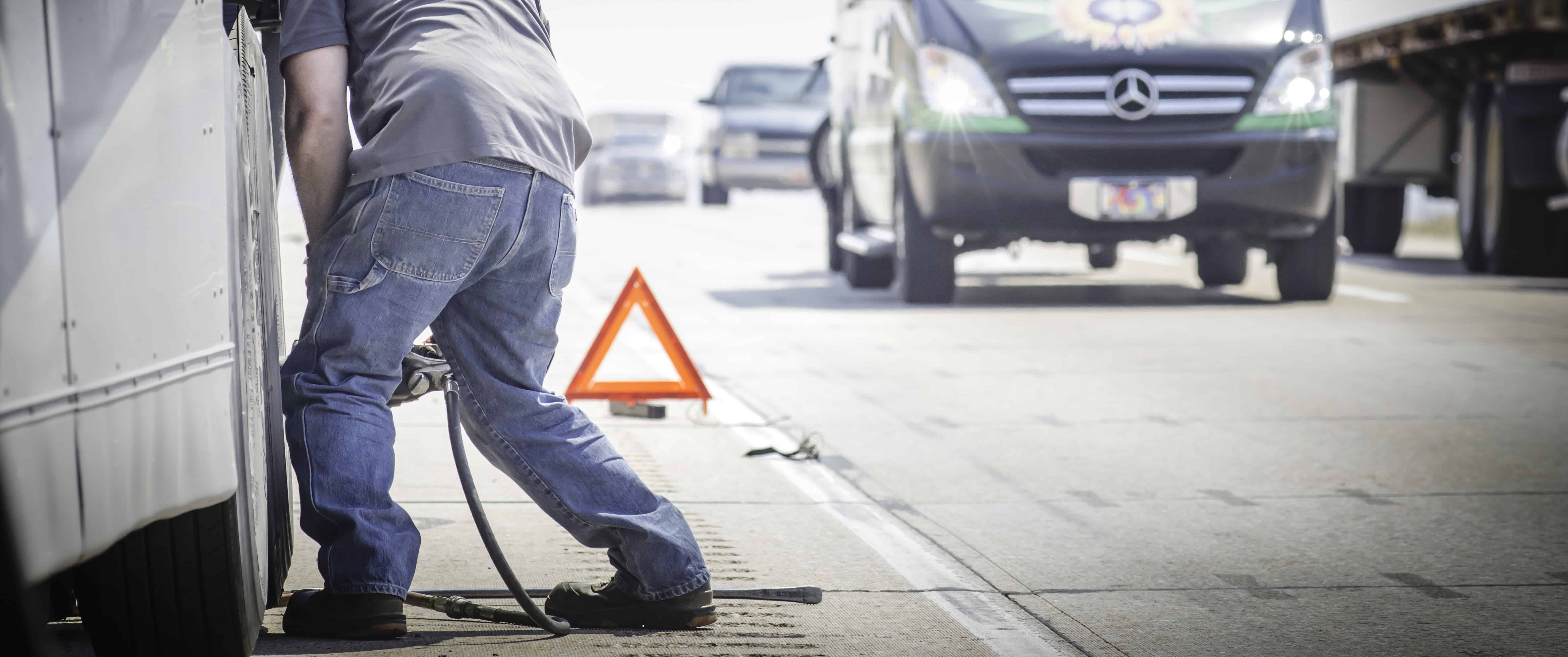Accidents are one of the greatest causes of workplace deaths. Even nonlife-threatening accidents can cost businesses significantly, leading to problems with the bottom line. Loss related to vehicle accidents costs companies an average of $70,000 per year. That is near twice the average cost of workplace injuries.
According to the National Center for Safety, in 2021 the U.S. experienced nearly 4.3 million preventable workplace injuries and deaths, costing companies an estimated $167 billion including wage and productivity losses. And after construction, the highest number of preventable fatalities occurred in the transportation and warehousing sector.
But beyond expenses, improving fleet safety makes your company a better workplace and increases employee satisfaction. Enter fleet vehicle safety programs. The costs will more than pay for themselves. You’ll be better prepared to prevent a tragedy, ensuring your employees have a safe workplace and that highways are safer for everyone. Read on to get started.
What is a fleet safety program?
A fleet vehicle safety program includes policies and practices to ensure the safety of your fleet and employees. This includes everything from driver safety screening and training to establishing safety protocols and vehicle safety inspections.
The advantages of a fleet vehicle safety program beyond improved safety include improved employee satisfaction, improved fuel efficiency and increased revenue. While a fleet vehicle safety program may look different for fleets of different sizes, the basic components remain the same.
7 important elements of fleet vehicle safety
Whether you’re establishing a new fleet vehicle safety program or updating an existing program, the seven points below offer foundational safety you can customize for your fleet.
Screen and select drivers carefully
Screening and selecting drivers for safety is the most fundamental step to ensuring fleet safety. Companies can benefit from clear hiring standards and thorough screening for anyone driving for the company. Checking a driver’s safety record and any accidents can improve the long-term safety record.
But beyond that, if they are using their own vehicles or a rented vehicle, a thorough inspection of the vehicle and regular safety and maintenance inspections should be a requirement. When they drive for you, even if they aren’t using a company vehicle, they represent your company. Any accidents will become liabilities. Avert problems down the road with thorough screenings up front.
Train drivers
Once you’ve got a great team, ensuring safety requires continuous training and refreshment of maintenance and safety protocols. Drivers need to understand vehicle safety policies and procedures and receive regular training about safe driving strategies. By building instructional and practical training sessions, including information on defensive driving, into the company policies, you’ll help keep your drivers at the top of the pack.
Implement regular safe driving training
Related to the above, implementing regular mandatory safe driving training, especially around seasonal driver training for specific climates can prevent severe accidents at the change of seasons. Depending on operation routes, companies can consider regular training for conditions including ice, rain, snow, wind and transporting empty trailers.
Review drivers’ performance
Regularly reviewing driving performance, addressing any concerns and tracking driving habits through telematics can continue to build safety. According to The National Institute for Occupational Safety and Health (NIOSH), fleet safety practices — including driver training and fatigue risk management — were associated with lower rates of crashes and injuries.
The NIOSH report shows that fatigue awareness training, restrictions on night driving and medical screenings for fatigue reduced accidents significantly. Likewise, companies that paid special attention to driver training for employees identified as high-risk had overall better safety records.
Get managerial buy-in
NIOSH also found that companies with top executives committed to overall safety had better safety records. Likewise, companies whose field managers managed road safety well had greater success. Fleet owners and managers need to be committed both to implementing safety procedures and enforcing them. In this case, just doing it makes a difference.
Establish and enforce policies and procedures
It’s important to establish and enforce clear policies and procedures within your business. This sets consistent expectations. Policies should include mobile phone use and maximum driving hours.
NIOSH found that companies with clear mobile phone policies that involved prohibiting electronic devices while driving, including hands-free phones, had better safety records. Many of these companies also have policies about checking mobile phone records after collisions to enforce the policy.
Companies using vehicles equipped with in-vehicle monitoring systems (IVMS) with video cameras can also improve their safety records, enforce policies and offer regular training for drivers.
Create procedures for vehicle inspections and maintenance
Develop a plan for regular vehicle safety inspections and maintenance to make sure vehicles are in good health. Regular vehicle maintenance can prevent costly breakdowns and unexpected accidents from faulty equipment.
Maintenance costs are a relatively small investment in overall safety. Things like brake maintenance and safety days can save companies thousands of dollars. Daily and monthly maintenance procedures can help with drivers’ safety while giving them responsibility over some safety concerns.
Save lives with a fleet safety program
Vehicle safety programs improve drivers’ safety through regular driver training and review, along with strong, enforceable safety procedures. Companies with the greatest commitment to vehicle fleet safety programs also enjoy some of the lowest accident rates. Fleet vehicle safety is about improving the bottom line while improving road safety for everyone.
FAQ
Fleet safety is important for establishing standards that reduce accidents and fatalities in fleets of all sizes. It can improve employee satisfaction and a company’s bottom line.
Preventing fleet accidents starts with fleet safety programs. From driver screening and regular training to maintenance and vehicle safety inspection protocols, preventing accidents requires regular training and follow-up.
The three basic steps to avoid accidents are: screening and training drivers, maintaining the fleet in good condition through vehicle safety inspections and maintenance and establishing strong fleet safety procedures with company wide buy-in.


